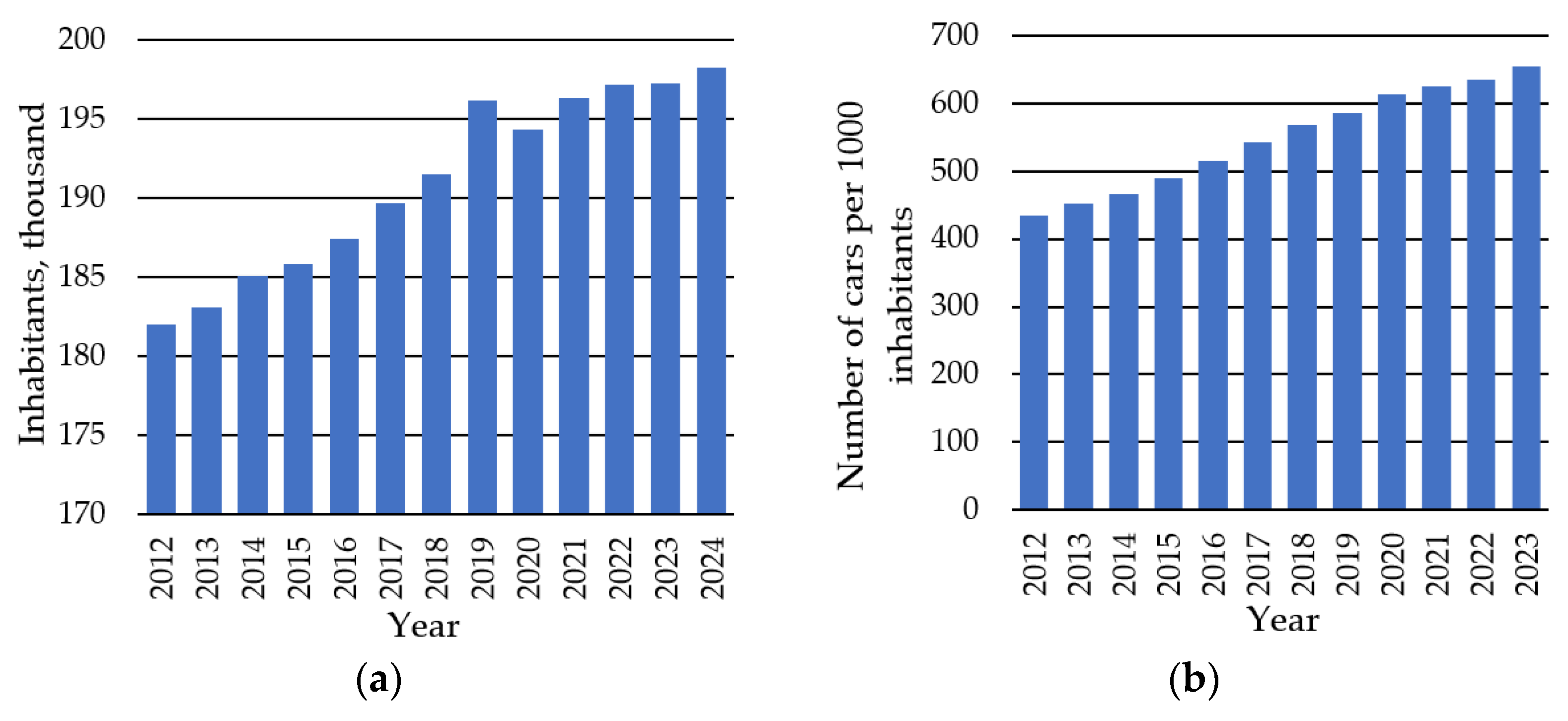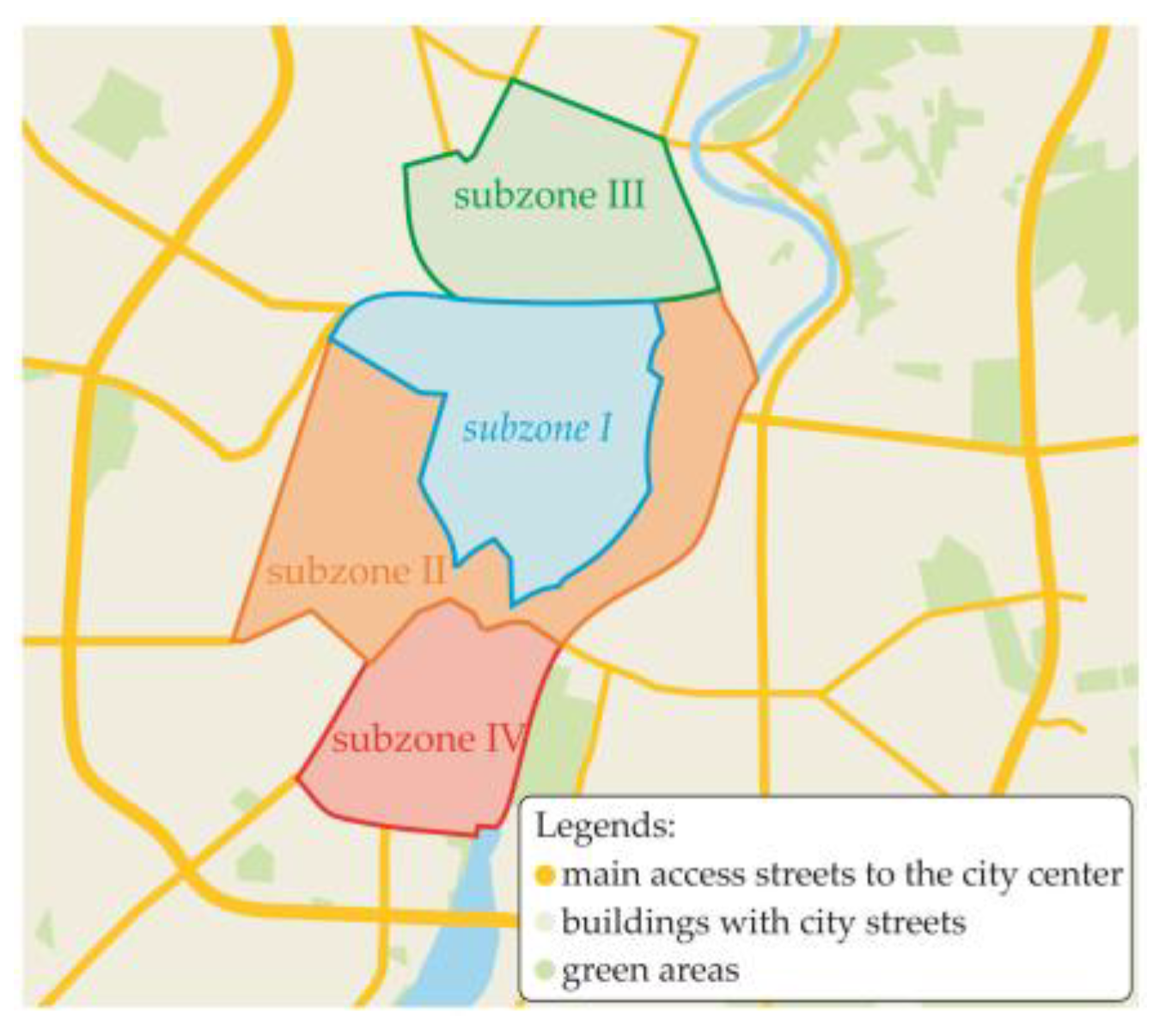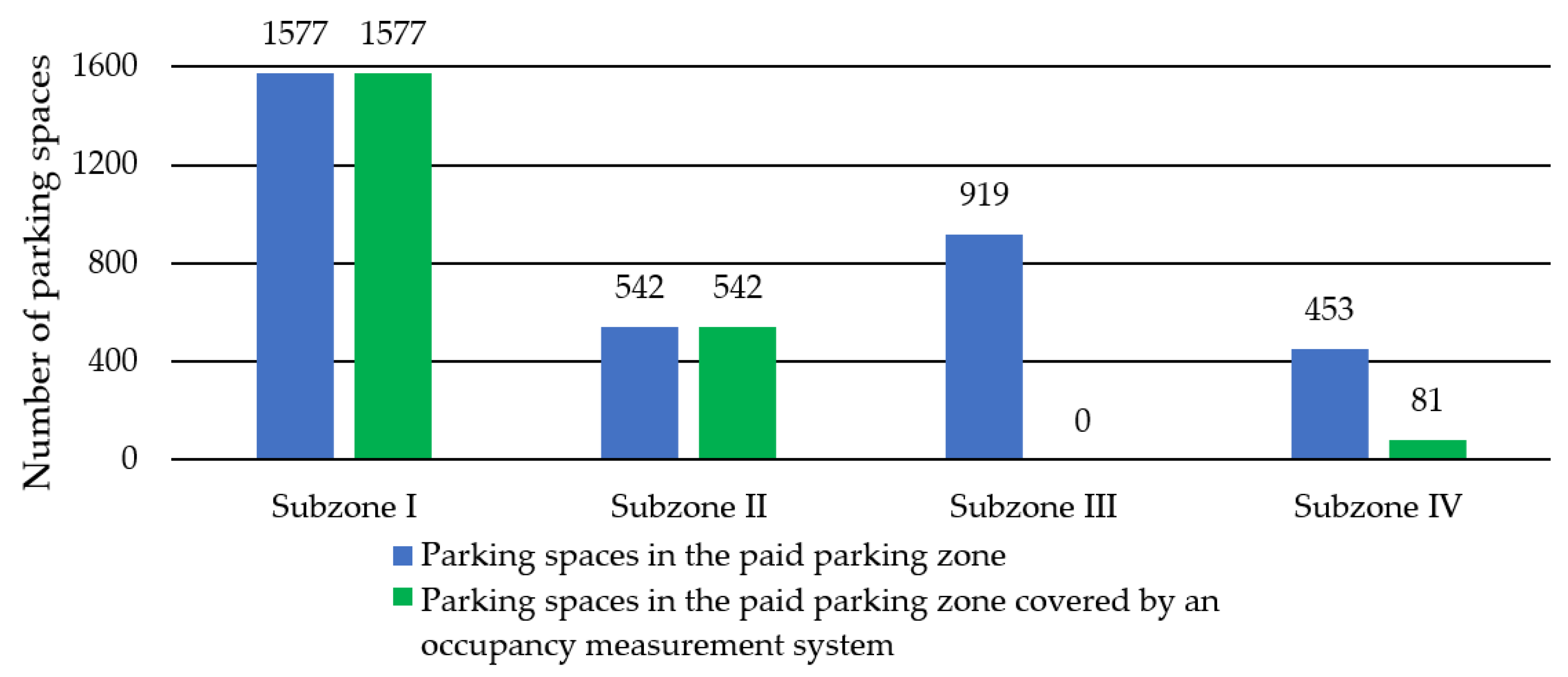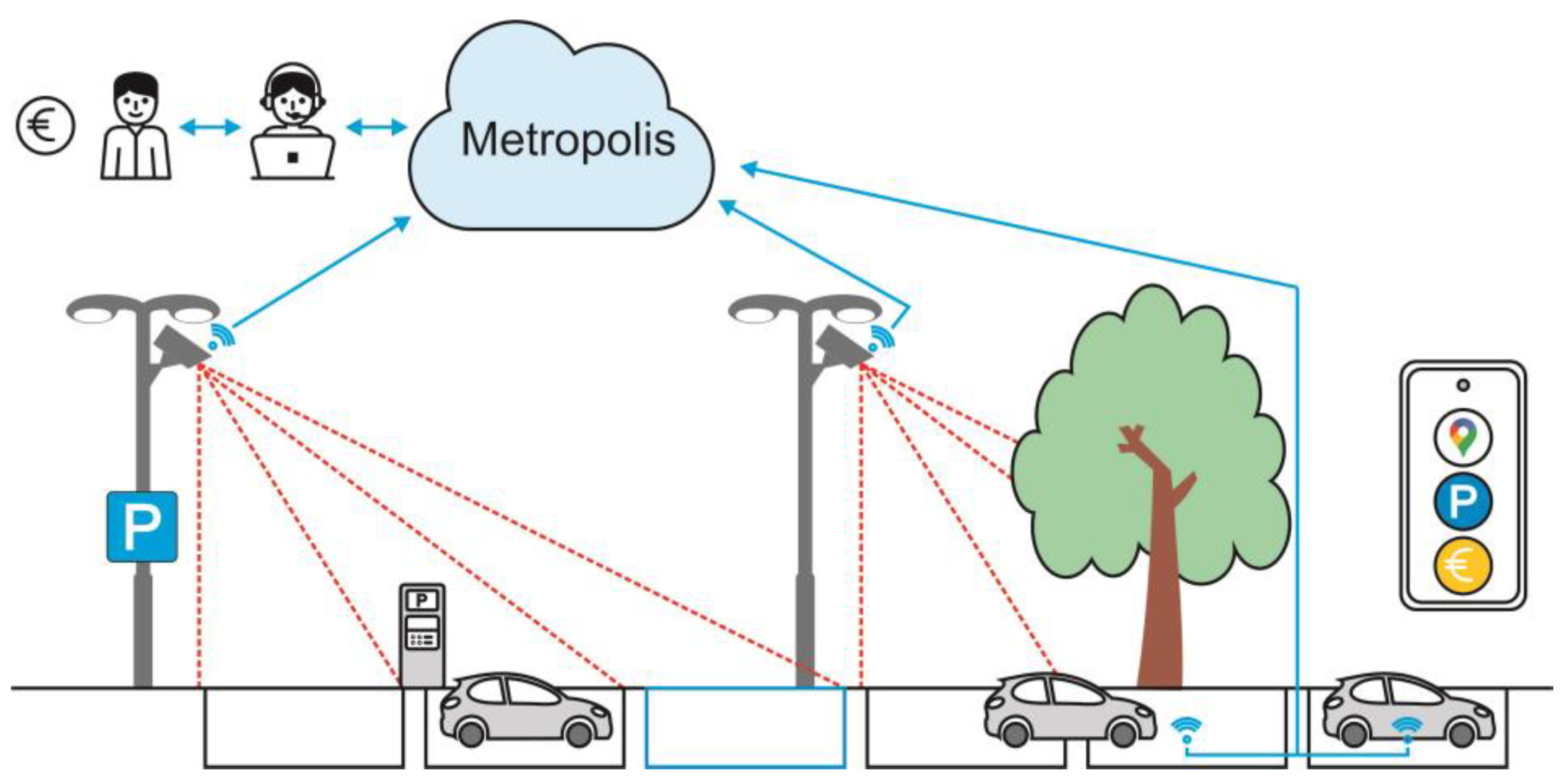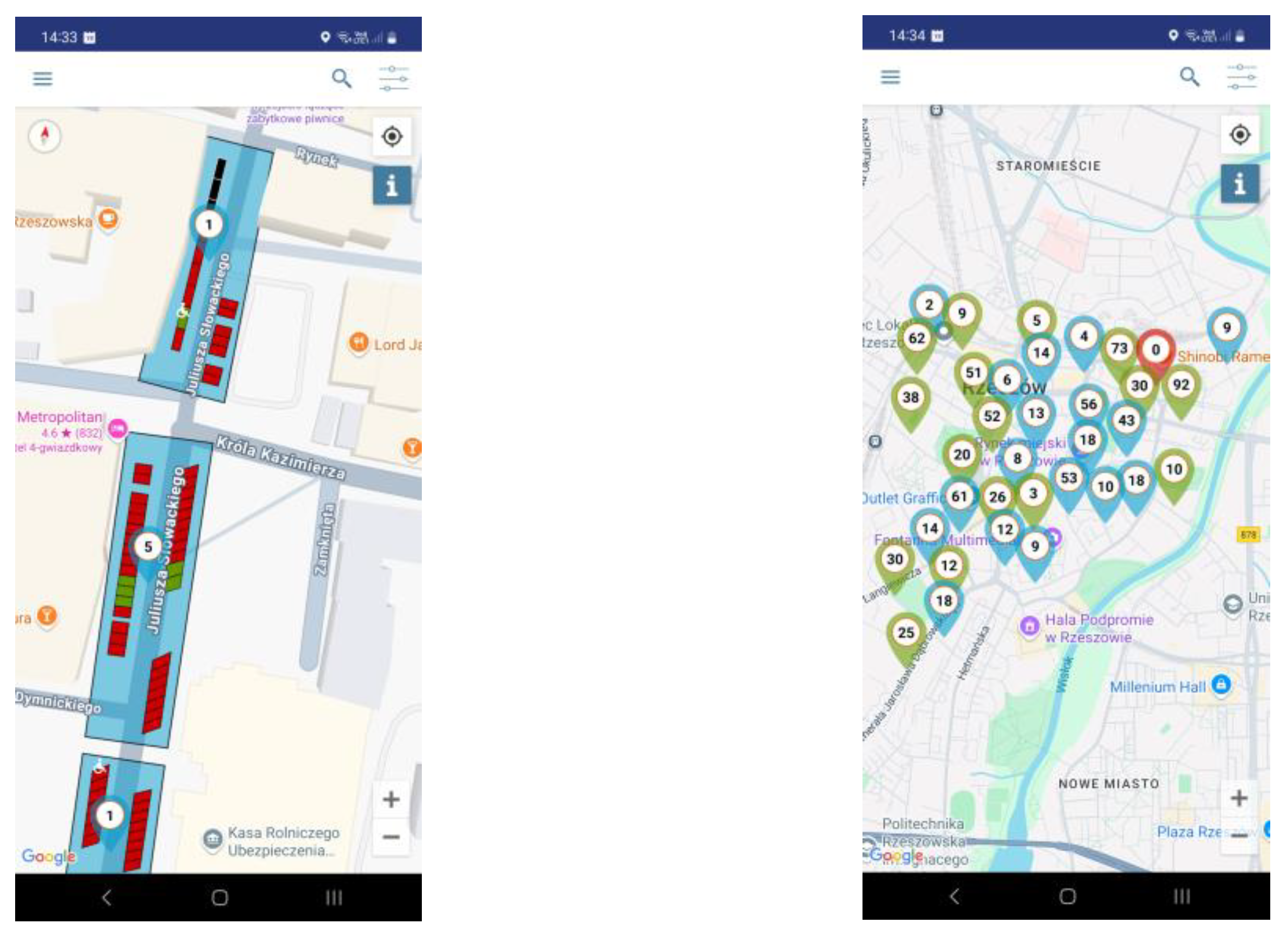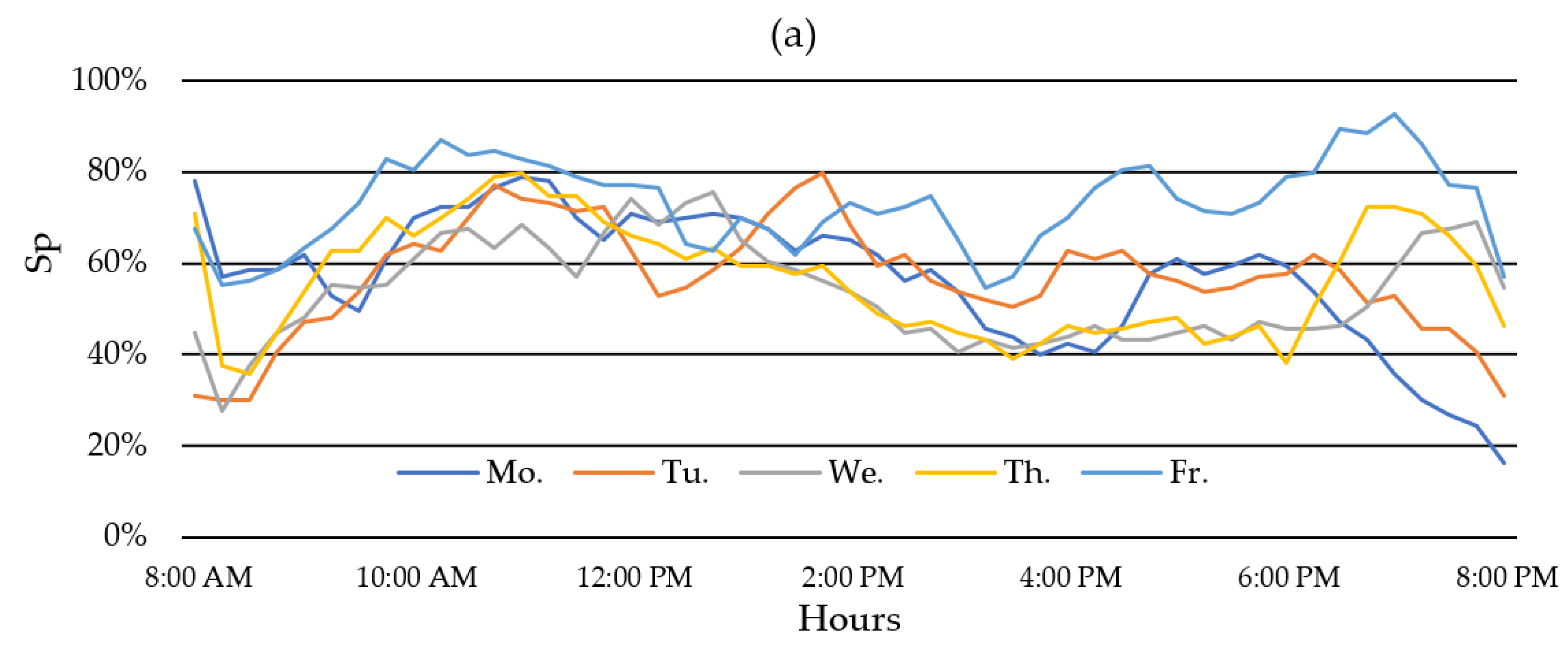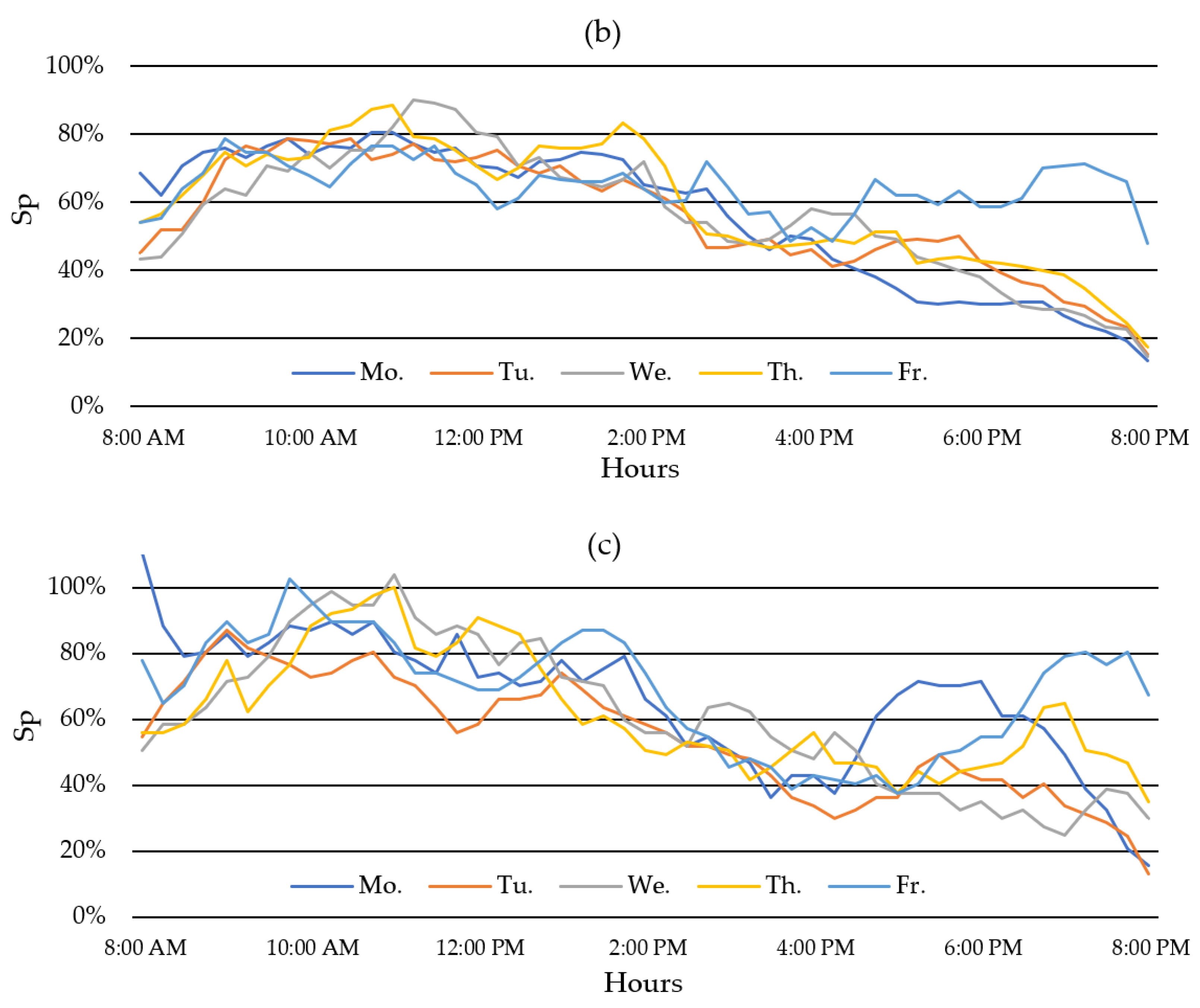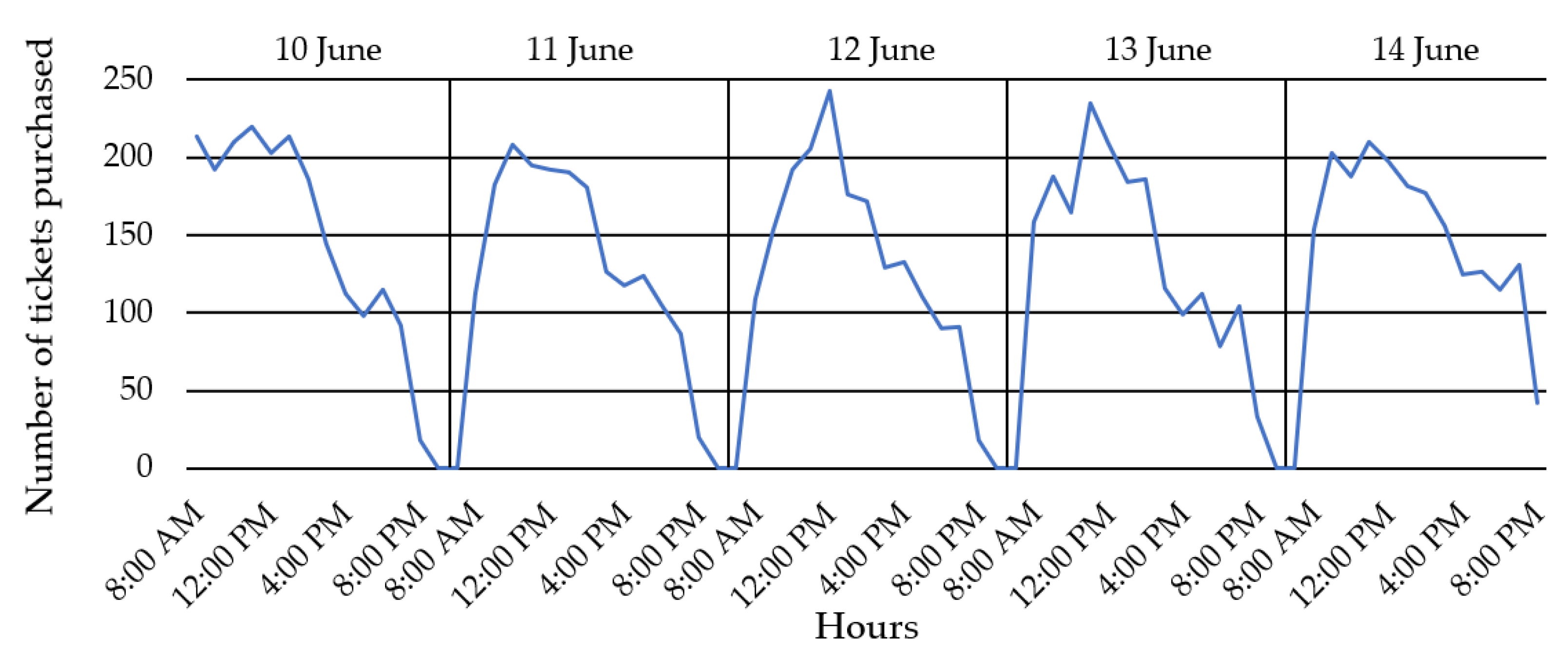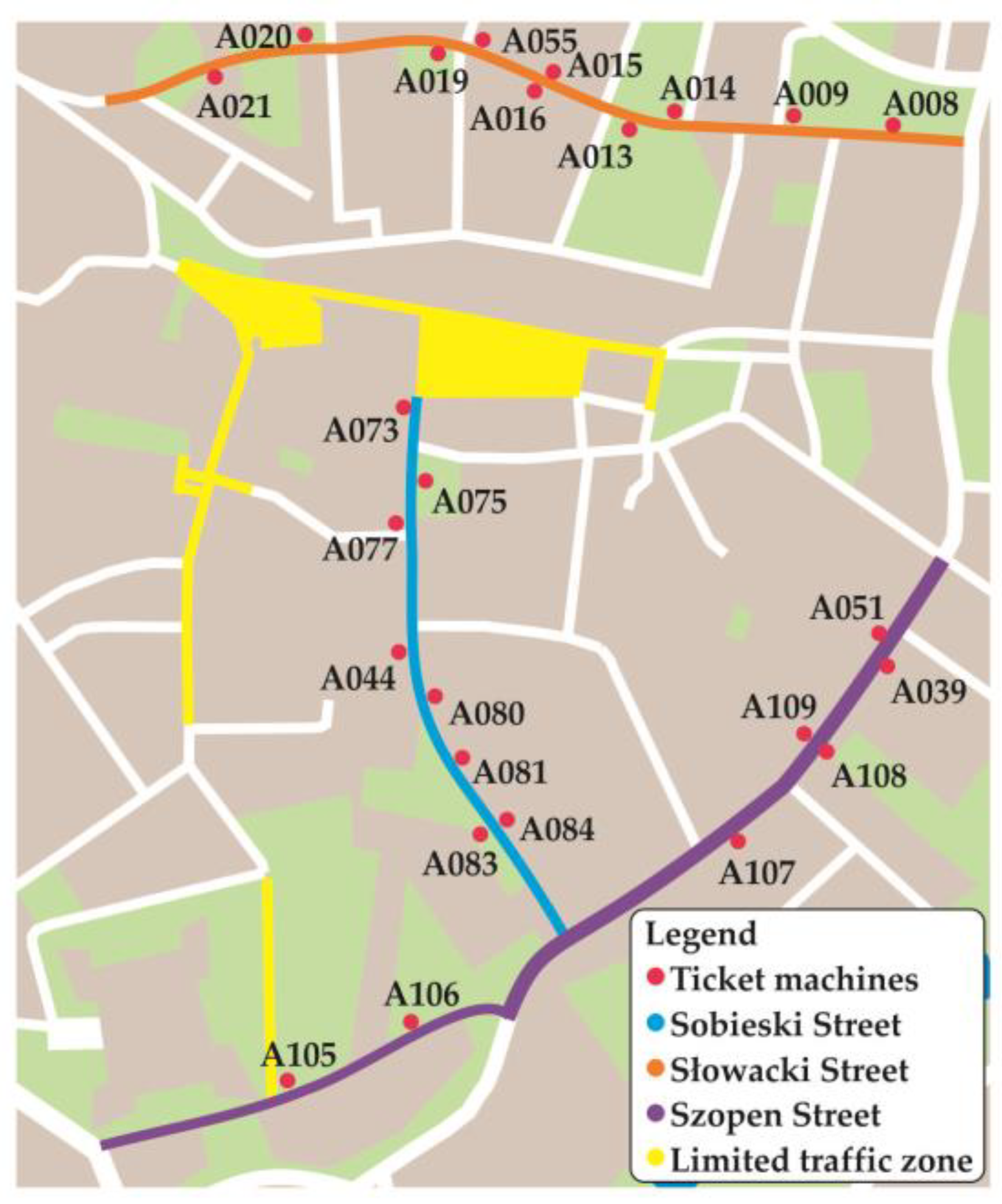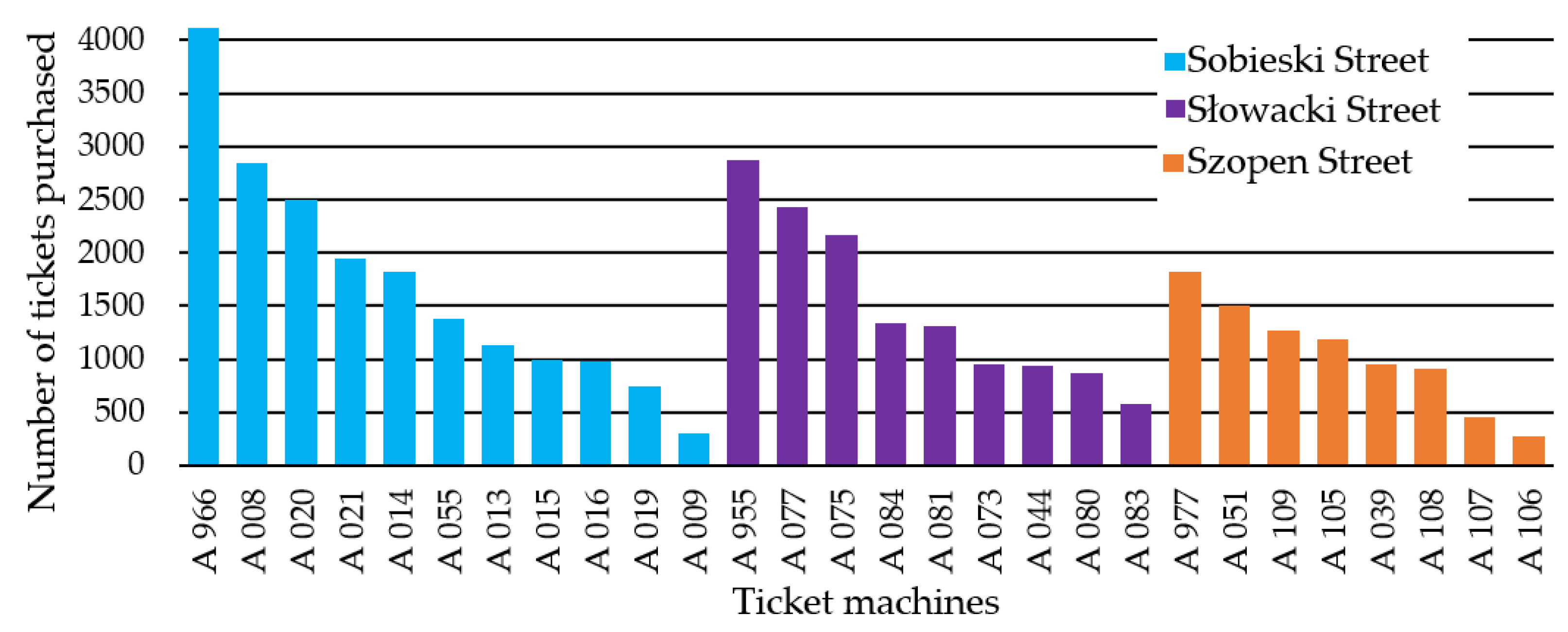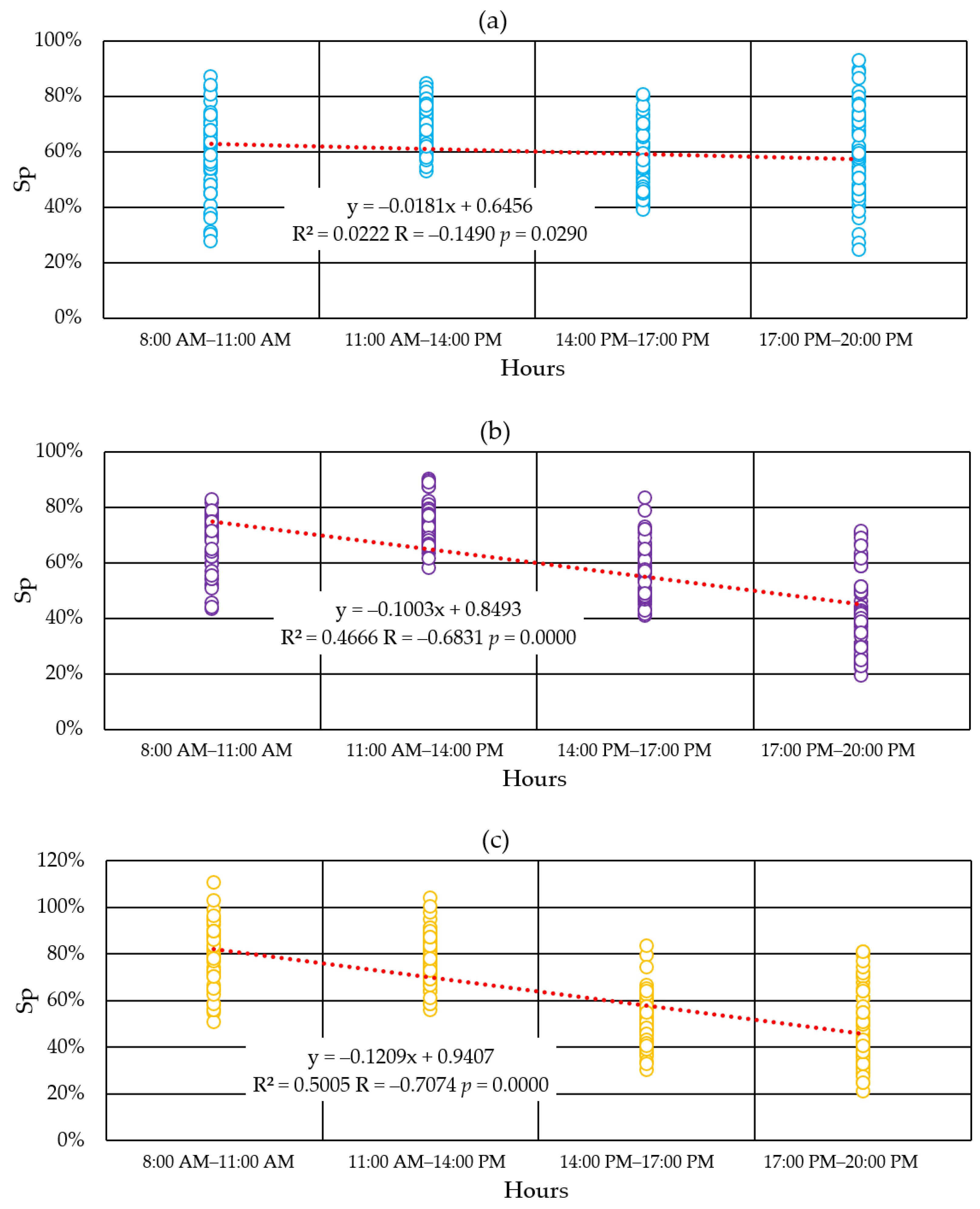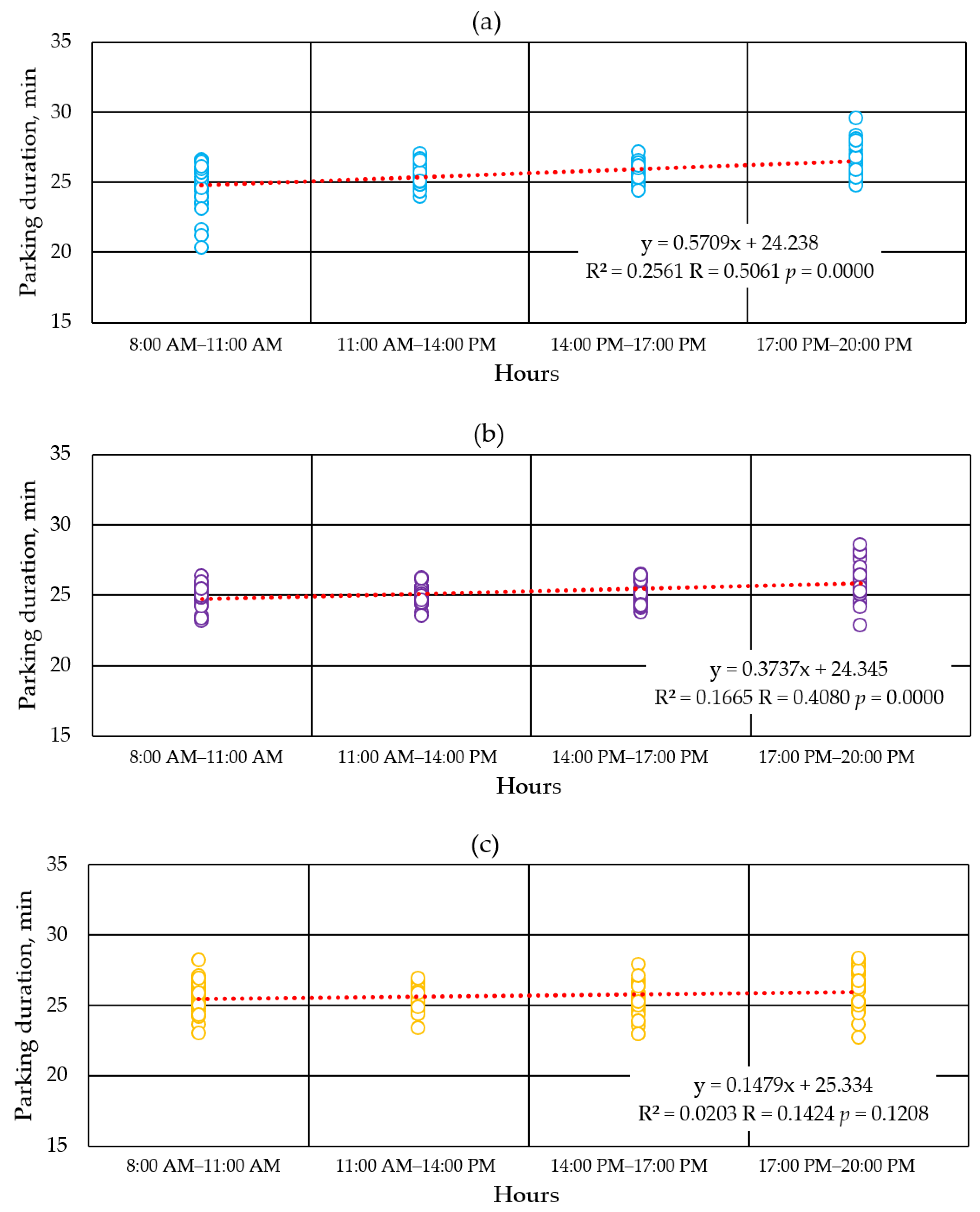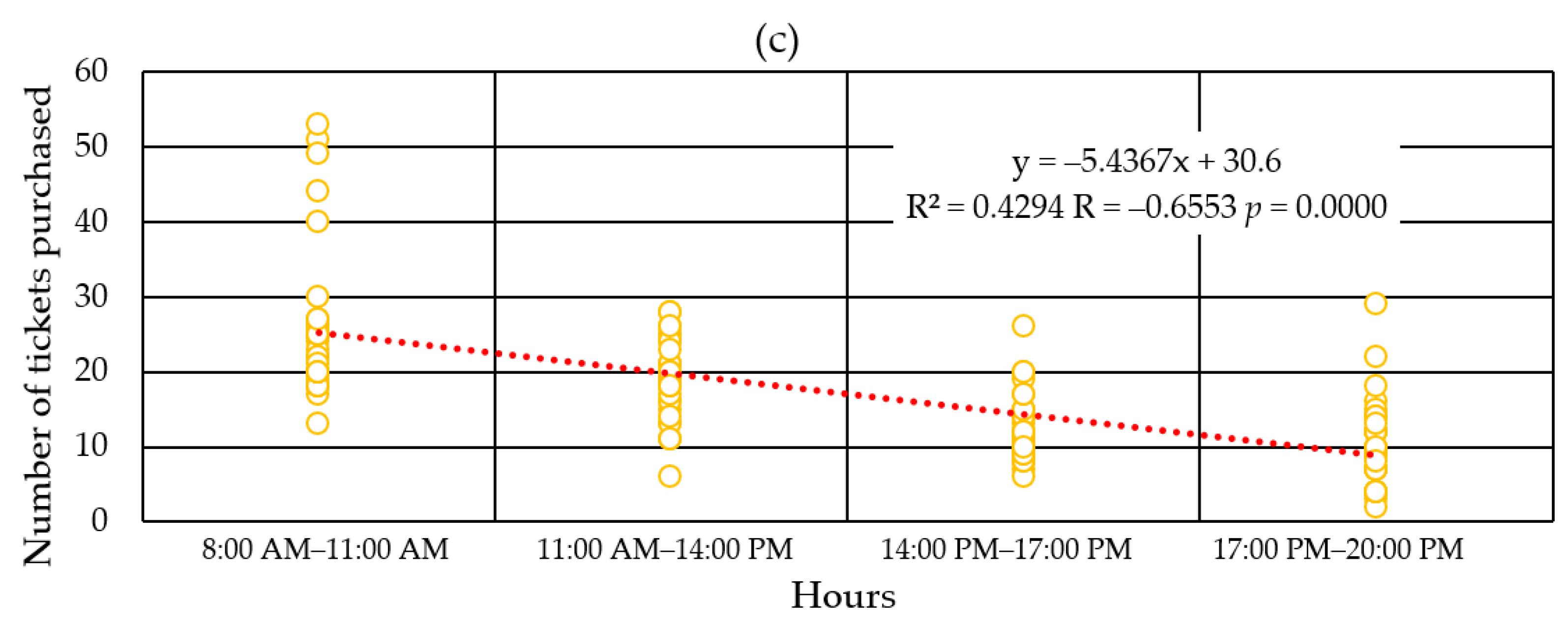1. Introduction
The concept of sustainable development refers to effective management with a particular emphasis on taking care of natural resources and their availability for future generations [
1]. Sustainable development can be considered in terms of both sustainable production and consumption [
2,
3].
Sustainable production means conducting business activities with respect for and an efficient use of natural resources, applying best production practices, sustainable agriculture, waste management, water and sewage management, energy based on renewable sources, and creating environmentally friendly products. However, sustainable consumption should take into account the needs of other people and the state of the natural environment. Currently, consumption is increasing on a global scale, leading to an unjustified use of material goods and services and entailing high ecological and social costs. Sustainable consumption, aimed at achieving a level that ensures the satisfaction of basic needs and takes into account the principles of sustainable development, is a proposal that changes the current model of life and that societies should accept and implement. It promotes the use of products and services in a way that minimizes the use of natural resources, limits the generation of waste, and takes into account the interests of future generations. The practical implementation of the concept of sustainable consumption has therefore become a fundamental objective of the European Union’s actions in the area of environmental and consumer policy [
3,
4,
5,
6].
Sustainable development in relation to cities refers to an approach that combines social, economic, and ecological aspects in order to create people-friendly cities that optimize their use of resources and minimize their impact on the environment [
7,
8]. Cities are transforming towards achieving sustainable urban consumption, meeting the needs of communities without compromising the heritage of future generations. One of the ways in which sustainable development can apply to cities is by following the principles of sustainable transport development policies, which mainly concern introducing solutions that rationalize the use of individual vehicles, making public transport more attractive, using smart technologies in urban infrastructure and means of transport, and introducing proven solutions in the use of existing urban infrastructure. Sustainable urban mobility policies aim to improve urban logistics and are part of smart city programs [
9,
10,
11]. Cooperation between various entities and the integration of infrastructure solutions and services play an important role in ensuring that cities function optimally [
12]. Thanks to information and communication technologies, smart cities use available resources more efficiently to improve the quality of life in the city, ensure its sustainable development, and enable residents to take actions in line with the idea of sustainable consumption. One element that contributes significantly to the development of sustainable mobility is investing in infrastructure that improves travel, including parking spaces [
13].
However, in the context of sustainable development, it is important to consider how a balance between providing sufficient parking spaces and minimizing their negative impact on the environment and urban space can be found. In 2022, cars accounted for almost three quarters (73%) of the passenger-kilometers traveled in the EU, and the number of kilometers traveled by cars increased by 25% from 1995 to 2022 [
14]. Meanwhile, the use of more sustainable public transport modes—buses, trams, and metros—has remained stable. Therefore, private cars are still the dominant means of passenger transport in Europe.
Searching for a parking space not only increases the costs for drivers, including time and fuel, but also has negative impacts on society, such as environmental pollution, increased noise, and more accidents. It is estimated that more than one-third of so-called senseless traffic in cities is generated by drivers looking for a parking space [
15]. Cities should provide an adequate number of parking spaces to meet the needs of residents and tourists. However, due to the negative effects of expanding parking spaces and in order to ensure sustainable development, they should exercise moderation in this matter. This includes creating multi-story car parks that take up less space than traditional single-story car parks; introducing paid parking to limit the number of cars in the city center and encourage the use of public transport; and using technologies such as intelligent parking systems that enable better use of available spaces. In urban and transport development, there are few areas that could bring as many benefits to quality of life, changing attitudes, and changing modes of transport as parking space management. Sustainable consumption in the context of parking space management refers to strategies that minimize negative environmental impacts while effectively managing parking spaces and meeting user needs. This includes both the planning and design of parking lots and implementing technological and organizational solutions that promote sustainable transport and reduced emissions. Parking lot management through properly designed and analyzed intelligent parking systems can be a tool supporting sustainable consumption by influencing driver behavior and promoting more responsible car use. The indicators of parking space utilization proposed by the authors—turnover rate and parking duration—are indicators of the efficiency of parking lot use, and their analysis enables an effective management of parking spaces that align with the principles of sustainable planning and support the sustainable consumption behaviors of residents.
This article presents an analysis of data from an intelligent parking system in relation to sustainable consumption using the example of the city of Rzeszów. The available literature on parking systems is discussed using the example of large urban agglomerations. In these works, driver behavior is analyzed mainly on the basis of surveys. There are few works based on real data from intelligent parking systems. Therefore, the authors decided to conduct research on the example of the city of Rzeszów, which has about 200 thousand inhabitants and has an intelligent parking system. Rzeszów was the first city in Poland to monitor the status of vacant parking spaces by implementing an Intelligent Paid Parking System.
The article is divided as follows: In the Literature Review section, the authors present the main directions of research on parking spaces. The next section, Materials and Methods, presents the research object, which is the city of Rzeszów and the intelligent parking system implemented there, as well as showcasing the plan of the study conducted. The Results and Discussion section illustrates the results of the analysis of parking data obtained from the intelligent parking system in relation to sustainable urban consumption. The article ends with a summary and designation of further research directions.
3. Materials and Methods
The present study was based on data obtained from the Metropolis Intelligent Paid Parking System (PPS) in Rzeszów, the first city in Poland to implement such a system. Rzeszów is a provincial city located in southeastern Poland. It has 197 thousand inhabitants and covers an area of 129.01 km
2. Rzeszów is the capital of the Podkarpackie Voivodeship and an important economic, commercial, industrial, cultural, and academic center. The city is located at the intersection of important road communication routes, close to the borders with Slovakia and Ukraine. It has a clearly shaped downtown development zone, which has a radial–concentric layout, with visibly demarcated industrial and residential districts. Over the years, the number of inhabitants and the number of registered passenger vehicles in Rzeszów have increased. The relevant data are presented in
Figure 1.
In Rzeszów, transport needs are mainly met by public and individual transport. For the latter, access to infrastructure in the form of parking spaces is necessary. A paid parking zone was introduced on public roads in the city of Rzeszów on 1 January 2016. It was divided into four subzones, called “blue”, “orange”, “green”, and “red”. Fees for parking motor vehicles on public roads in these zones are collected on weekdays (from Monday to Friday) from 8:00 a.m. to 8:00 p.m. The layout of the parking zones is shown in
Figure 2.
The entire subzone I “blue” and II “orange” are covered by monitoring and metering, as is part of subzone IV “red”. The remaining part of the red zone and subzone III “green” are excluded from monitoring. In subzones III and IV, most parking spaces are located on housing estates, and these spaces are mostly used by residents, which is why they are excluded from metering. Subzones I and II, as well as part of subzone IV, are located in the city center and its surroundings. These areas mostly feature service, cultural, entertainment, and administrative buildings, which are often visited by people living outside of these zones. The number of metered spaces in the paid parking zone is presented in
Figure 3.
In 2021, the City of Rzeszów, in cooperation with Asseco Data Systems, introduced an e-parking application. Rzeszów was the first in Poland to implement a system for monitoring the status of available parking spaces. The creation of the application was co-financed by the European Union under the European Regional Development Fund, Eastern Poland Operational Program 2014–2020. The PPS was implemented as a result of the city’s activities aimed at sustainable urban development. The system contributes to shortening the time spent searching for a parking space, reducing individual vehicle operating costs and thus reducing air pollution due to exhaust fumes and noise.
Over 2200 parking spaces were designated and over 388 cameras were purchased as part of the system. In addition to monitoring parking spaces, the cameras also record images 24 h a day, so that residents can feel safe. Information is sent to the server and processed using neural networks. Information received from cameras and sensors detecting vehicles is displayed in real time on VMS information boards in the parking zone and the e-parking mobile application. The latter operates on the basis of real data. Virtual paid parking spaces are overlaid on maps from Google Maps, showing the level of availability of parking spaces in individual areas [
44].
Figure 4 shows the scheme of the intelligent parking system.
Figure 5 shows an example screenshot from the e-parking application.
The results presented in this paper are based on data obtained from the PPS, made available by the Municipal Market and Parking Administration in Rzeszów, which manages the aforementioned system. Three streets located in zone I, in the center of Rzeszów, were analyzed. These are Słowacki, Szopen, and Sobieski Streets. Słowacki Street has direct access to the city market square, which features the City Hall, as well as numerous restaurants and pubs. A hospital, a specialist clinic, a secondary school, a music school, and a philharmonic are located on Szopen Street. It is also one of the access roads to Targowa Street, where the city market is located. In the immediate vicinity of Sobieski Street, there is the provincial office, city office, theater, provincial cultural center, and numerous shops.
The authors were provided with measurement data from the intelligent parking system covering a period of one month (June 2024). The data contains information on purchased parking tickets (date and time of purchase, purchase in the ticket machine/application). Over 40 thousand data records were analyzed.
Through the analysis of parking data, we were able to determine parameters such as parking time, parking space utilization rate, turnover rate, parking duration, preferred days of the week and times of day, and parking habits. The parking space utilization rate in a given period (Sp) is defined as the percentage of parking spaces occupied by vehicles parked in a given period (Vp) and is determined from relationship (1):
where Mp—total number of parking spaces in a given area or parking lot.
The turnover rate (Rt) is the average number of parked vehicles that use one parking space in a given period and is defined by relationship (2):
where Ppn—total number of vehicles using a given parking space in the analyzed period.
In the next stage, the relationship between the dependent and independent variables was identified. The parking space utilization rate, average parking time, and number of purchased tickets were selected for analysis as dependent variables, and the time of day was defined as the independent variable. Four times were specified in the daily paid parking period. Then, linear regression was used to determine the relationship between the defined variables.
The parking space utilization rate and the parking turnover rate are key indicators for assessing a parking system’s performance, and effectively managing the occupancy of parking spaces can support sustainable consumption. For example, the implementation of intelligent parking systems that direct drivers to available spaces contributes to reduced travel times and fuel consumption. Through effective parking management, negative effects can be reduced and more sustainable consumption behaviors of travelers can be promoted.
4. Results and Discussion
The analysis covered a four-week period in June 2024. The parking space utilization rate, turnover rate, number of parking ticket redemptions, and the number of purchased tickets, with the place of purchase specified, were determined for the selected streets. These parameters were analyzed to determine parking space usage, as well as to assess driver behavior and preferences and one-time payment transactions. The specified parameters can be defined as measures of sustainable consumption in the context of mobility and parking.
The first parameter that was determined is the parking space utilization rate.
Figure 6 shows a graph of the variability in parking space utilization on Słowacki, Sobieski, and Szopen Streets. The data presented in
Figure 4 cover a selected week of the analyzed month and present the parking space utilization rate for weekdays. The average parking space utilization rate in the analyzed month was 57% for Słowacki Street and 59% for Sobieski and Szopen Streets. For all three streets, this rate is in the range of 50–60%. This indicates that there are periods of time when parking lots are very full and there may be difficulties in finding a parking space. By analyzing the changes in the value of the rate at different hours and days of the week, it is possible to distinguish time intervals when parking space utilization is the highest. These are the hours between 10:00 a.m. and 12:00 a.m. It can be assumed that this is the period when the largest number of drivers have to deal with matters related to visiting offices, business meetings, hospitals, clinics, or planned shopping in the city center. Among the days of the week, Friday, in particular, stands out, as a significant increase in the parking space utilization rate can be observed in the afternoon hours after 6:00 p.m. for all three streets. This is due to the fact that residents spend Friday afternoon, the start of the weekend, socializing or attending performances and concerts offered by the city’s cultural centers. Moreover, the analyzed streets are located close to the city market square, where there are numerous restaurants and pubs, as well as cultural and entertainment centers.
The next parameter that was analyzed was the turnover rate for the parking lots located on the analyzed streets. This was determined for a period of one day and is presented in
Table 1.
The average value of the turnover rate for the individual streets was as follows: Słowackiego Street, 4.865; Sobieskiego Street, 5.855; Chopina Street, 5.980. These values suggest a high vehicle turnover: parking spaces are used often, and vehicles do not stay in them for long. This indicates that drivers who occupy these spaces are aware of the minimum time necessary to handle their business in the city center. On the other hand, the determined value of the turnover rate indicates a high demand for parking spaces in the studied area. Therefore, the city should intensify its activities to encourage residents to choose other means of transport, such as public transport or bicycles. Implementing sustainable development patterns will also contribute to increasing sustainable consumption habits among residents.
Another important parameter assessing the use of car parks is parking time. The distribution of parking time is presented in
Table 2. The largest group consists of stops lasting from 60 to 90 min. They constitute 30.97% for Słowacki Street, 31.33% for Sobieski Street, and 35.18% for Szopen Street. The smallest share of all stops is those lasting from 150 to 180 min, which amount to 2.77% for Słowacki Street, 1.91% for Sobieski Street, and 2.91% for Chopin Street. It can be noticed that stops lasting up to two hours are dominant. The share of these stops in the total is 85.8% for Słowacki Street, 90.82% for Sobieski Street, and 85.4% for Szopen Street.
Data on parking ticket purchases were also analyzed.
Figure 7 presents a graph illustrating the volume of these purchases on individual days of the week. The peak of transactions is determined based on the parking space utilization rate and falls between 10:00 a.m. and 12:00 a.m. This can be primarily associated with drivers’ matters related to visits to the office, business meetings, or visits to hospitals or clinics. Another noticeable jump in purchase transactions is also observed between 6:00 p.m. and 7:00 p.m. However, in this case, it is not as large as in the morning hours. This peak may be related to residents’ cultural life and entertainment; in the case of Szopen Street, it may also be caused by visits to relatives in the hospital or scheduled doctor’s visits.
Analyzing the volume of purchases of parking tickets, purchases made in individual ticket machines and using the mobile application were also determined.
Figure 8 shows the locations of ticket machines on the analyzed streets.
The graph presented in
Figure 9 shows the number of parking ticket purchases for the individual streets. The symbols A955, A966, and A977 mark purchases made using the mobile application for Słowacki Street, Sobieski Street, and Szopen Street, respectively. Considering each of the parking meters separately, it can be seen that the largest number of transactions were made using the mobile application. However, overall, in relation to all ticket machines on the three streets, purchases made via the mobile application only constitute 21.62%. In turn, the level of use of stationary ticket machines mainly results from their distance from the parking spaces occupied by drivers.
In the next step, a linear regression model was used to examine the relationship between the parking space utilization rate (dependent variable) and the time of day (independent variable). The determined parameter
p showed a satisfactorily significant relationship between the two variables. For all three streets analyzed, the parameter
p < α, and it amounted to
p = 0.0209 (Słowacki Street),
p = 0.0000 (Sobieski Street), and
p = 0.0000 (Szopen Street).
Figure 10 presents linear regression graphs for the streets studied. The R
2 parameter for the individual streets was R
2 = 0.0222 for Słowacki Street, R
2 = 0.4666 for Sobieski Street, and R
2 = 0.5005 for Szopen Street. In the case of Słowacki Street, only 2% of the dependent variable is explained by the regression model, while for Sobieski and Szopena Streets, the regression model explains 46% and 50% of the dependent variable, respectively. The correlation coefficient is −0.15 for Słowacki Street, −0.6831 for Sobieski Street, and −0.7074 for Szopena Street. In all three cases, a negative correlation is observed—a very weak one for Słowacki Street, while for Sobieski Street and Szopena Street, it can be described as strong. This latter result may be due to the purposes of the facilities that operate along these two streets (offices, schools, hospital, clinics). The area utilization rate will change with the time of day.
In the next stage, the relationship between parking duration (dependent variable) and time of day (independent variable) was examined. The determined parameter
p showed a statistically significant relationship between the two variables studied for Słowacki Street and Sobieski Street. For these two analyzed streets, the parameter
p < α and amounted to
p = 0.0000. On the other hand, the parameter
p determined for Szopen Street did not show a statistically significant relationship between these two variables, and its value was
p = 0.1208.
Figure 11 presents linear regression graphs for the streets studied. The R
2 parameter for the individual streets was R
2 = 0.2561 for Słowacki Street, R
2 = 0.1665 for Sobieski Street, and R
2 = 0.0203 for Szopen Street. In the case of Słowacki Street, 25.61% of the dependent variable is explained by the regression model, while for Sobieski Street, the model explains 16.65% of the dependent variable. The correlation coefficient for Słowacki Street was 0.561, while for Sobieski Street, it was 0.4080. A moderate positive correlation is observed here. Based on the obtained results, it can be concluded that there is a noticeable, but not very strong, tendency for the variables to change simultaneously.
Then, the relationship between the number of tickets purchased (dependent variable) and the time of day (independent variable) was examined. The determined parameter
p showed a satisfactorily significant relationship between the two studied variables for all three streets, and it amounted to
p = 0.0000.
Figure 12 presents linear regression graphs for the streets studied. The R
2 parameter for individual streets was R
2 = 0.3891 for Słowacki Street, R
2 = 0.6663 for Sobieski Street, and R
2 = 0.4294 for Szopen Street. In the case of Słowacki Street, 38.91% of the dependent variable is explained by the regression model; for Sobieski Street, this value is 66.63%, while that for Szopen Street is 42.94%. The correlation coefficient for Słowacki Street was −0.6238, that for Sobieski Street was −0.8163, and for Szopen Street, it was −0.6553. A correspondingly strong negative correlation is observed here. Based on these results, it can be concluded that there is a noticeable and clear tendency for simultaneous change in variables. It is clearly observed that the later in the day it is, the lower the number of tickets purchased. This may indicate that residents heading to the city center in the afternoon and evening decide to choose other means of transport, such as public transport. Presumably, this is related to the purpose of their trip. In the afternoon and evening, this purpose is cultural and social, while earlier in the day, when ticket purchases are higher, trips to the city center are mainly related to business or health matters.
Through the analysis of parking data, we determined the parameters that can be considered measures of sustainable consumption in the context of mobility and parking. The introduction of parking fees and the implementation of a paid parking system dependent on the length of parking time increases the turnover and increases the use of parking lots, which translates into no waste of space. At the same time, it provides information on the demand for parking spaces in the locations studied and is a signal for the city authorities to increase activities aimed at promoting behaviors consistent with the idea of sustainable consumption among residents. The determined parameters indicate that the city’s residents are aware of sustainable patterns of behavior, but at the same time, there is a need for activities aimed at increasing the sustainable consumption of parking services. Therefore, further efforts are necessary to develop sustainable habits among a larger group of residents. In the case of sustainable parking, attention should be paid to aspects such as limiting the parking time by avoiding long stops in one place. This would make it easier for others to use the parking space. Another aspect is the use of parking lots with low traffic, i.e., choosing places that are not overloaded to reduce the impact on the environment. The presented results show that residents are moving towards sustainable patterns, indicating an increasing pro-ecological awareness [
28]. Drivers’ use of the intelligent parking system indicates an increased awareness in making decisions regarding parking. Sustainable parking is one of the ways to reduce exhaust emissions, noise, and traffic jams. Thanks to a sustainable consumption of parking services, drivers use less fuel and contribute to lower CO
2 emissions. Therefore, in addition to driving style or compliance with traffic regulations, analyzed in [
27], a sustainable consumption of parking services contributes to reducing the negative impact of individual transport on the environment and thus to improving the quality of life of residents.
5. Conclusions
Intelligent parking systems are currently one of the main initiatives through which smart cities aim to become more environmentally friendly and sustainable. Parking systems offer many benefits, primarily ecological and economic ones. By implementing intelligent parking systems and encouraging sustainable parking service consumption habits among drivers, it is possible to minimize the negative impact of car traffic on the environment and improve the quality of life in urban areas. In addition to ecological benefits, parking systems also provide cities with economic benefits, generating revenue that can be invested in the development of alternative communication solutions such as electric public transport, bicycle paths, and charging stations for electric cars. Thanks to an efficient parking system, cities can become more attractive to tourists, which will translate into the development of the local economy. Parking systems, due to the monitoring used, also contribute to increased safety, which, in addition to minimizing CO2 emissions, has a large impact on improving the quality of life of residents. Implementing an appropriate parking policy via an intelligent parking system and raising residents’ awareness can have an impact on sustainable consumption in the area of mobility and parking, thus allowing for sustainable urban development. The analysis included in the present study may contribute to optimizing urban spaces through better planning and management of public space, increasing the efficiency of parking systems by adapting paid parking zones to current needs and patterns, reducing traffic jams and streamlining road traffic, and increasing driver satisfaction by adapting the parking offer to drivers’ expectations, as well as allowing for additional actions that will contribute to increasing residents’ awareness and their willingness to move towards sustainable urban consumption. Research on parking management systems plays a key role in informing the implementation of effective and efficient solutions in cities around the world. By providing insight into parking behavior, optimizing resource occupancy, and integrating with broader urban mobility strategies, this study helps create more welcoming and sustainable urban environments. The case study of Rzeszów, a city with a population of 100,000–300,000, provides useful data for this group of cities. Although these cities are not the largest metropolises, they play an important role in regional and economic development. They are often administrative, cultural, and economic centers for their surrounding areas. Therefore, the issue of sustainable urban mobility, planning, and developing sustainable consumption patterns among residents is a very important element of their development.
